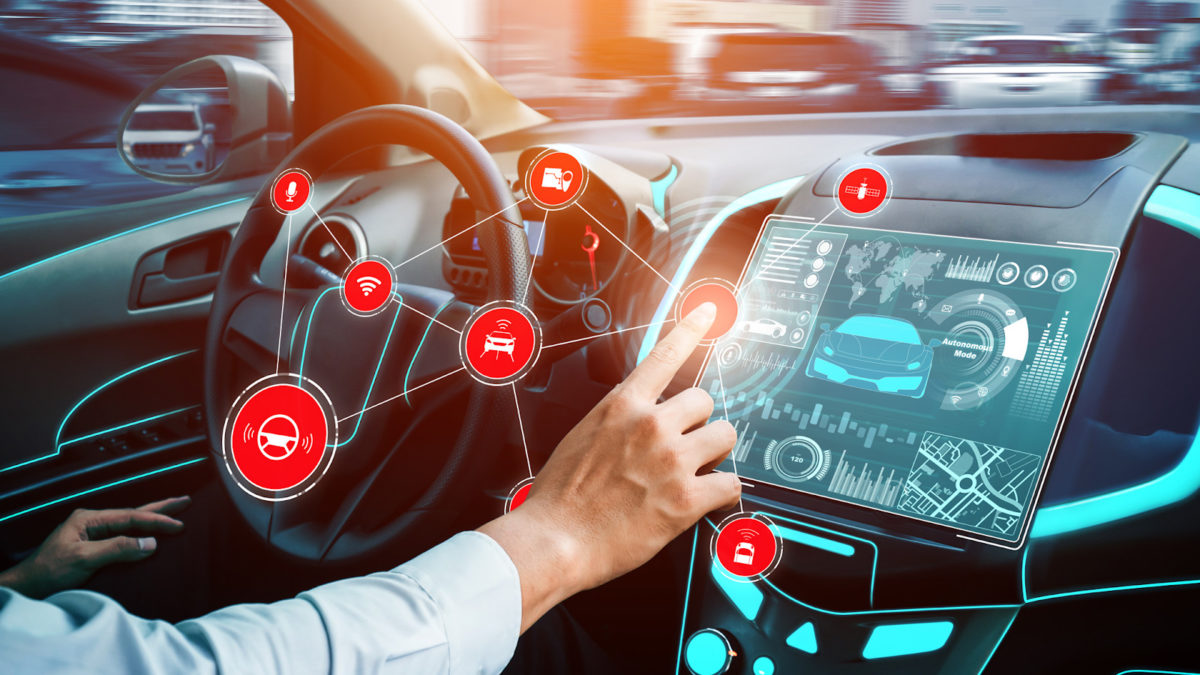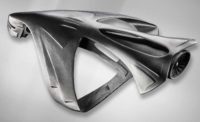Continental AG Predicts Software Use in Vehicles Will Rise to 40 Percent by 2030

HANOVER, Germany—Engineers at parts supplier Continental AG are predicting that vehicle functions controlled by software will increase from 10 percent to 40 percent by 2030.
Tamara Snow, head of research and advanced engineering at Continental, recently said in an interview with Ward’s Auto that “vehicles are becoming part of the Internet of Things and will increasingly be defined in terms of software rather than hardware.”
She went on to point out that the current vehicle architecture model is decentralized, having an excess of wires and other components instead of having one system in place that serves as a central source for data and interface operations.
According to the research and advisory company Gartner Inc., the rise of vehicles with an embedded connection will rise to 580 million by 2025, a 152 percent increase from 2020. Legacy automakers are beginning to partner with software brands to develop architecture that allows for things like customized interface interaction and over-the-air system updates.
In late 2019, Gartner projected the worldwide net additions of vehicles equipped with hardware that could enable autonomous driving without human supervision to reach 745,705 units, up from 137,129 units in 2018. Net additions in 2019 were expected to be 332,932 units. This growth will predominantly come from North America, Greater China and Western Europe, as countries in these regions become the first to introduce regulations around autonomous driving technology.
Looking for a reprint of this article?
From high-res PDFs to custom plaques, order your copy today!



